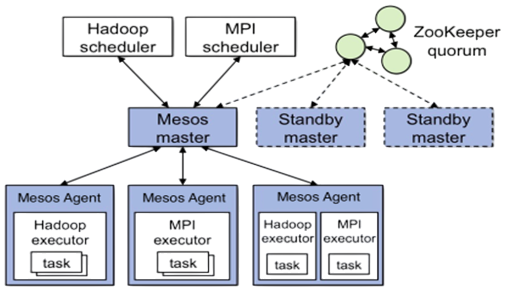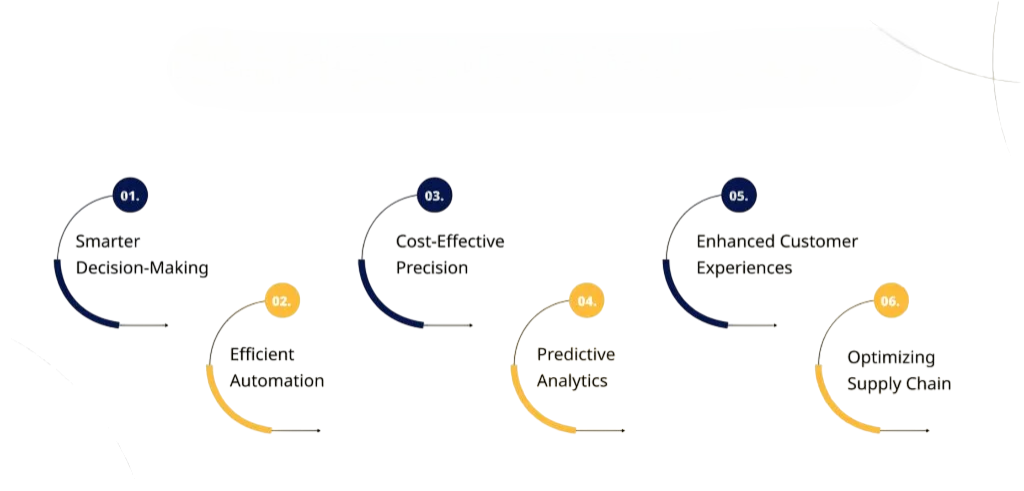
- Fraud Detection
- The Early Days of Financial Fraud Detection
- The Advent of Big Data in Banking
- Hadoop’s Emergence as a Fraud-Fighting Tool
- Real-Time Fraud Detection and Hadoop
- Machine Learning and AI Integration
- Modern Banking and Hadoop for Fraud Prevention
- The Future of Hadoop in Financial Fraud Detection
- Conclusion
Fraud Detection
Fraud detection has always been a critical concern for banks and financial institutions, costing billions of dollars each year. As financial systems have become more interconnected and transactions have become more complex, traditional methods of fraud detection have struggled to keep up with the pace of innovation. The need for real-time, scalable, and sophisticated fraud detection systems has never been greater Data Science Training. Enter Hadoop a powerful open-source framework that has revolutionized the way data is processed and analyzed. Originally designed to handle massive volumes of data for purposes beyond fraud detection, Hadoop has increasingly become a key tool in the fight against financial crime. In this blog, we will explore the timeline of how Hadoop has been adopted by banks to combat fraud, from its early days to its current role in real-time detection and predictive analytics.
The Early Days of Financial Fraud Detection
In the early days of banking, fraud detection was largely a reactive process. Banks relied on internal audits, employee vigilance, and manual checks to identify fraudulent activity. Credit card companies, for example, had algorithms in place to flag suspicious transactions, but these were limited by the ability Scala Certification of legacy systems to process large volumes of data. Fraud detection during this period was often cumbersome, requiring extensive human intervention and frequent delays. Additionally, the data used for fraud detection was siloed in various departments, making it difficult to obtain a complete picture of suspicious activity across different systems. By the early 2000s, as the volume of digital transactions exploded with the advent of e-commerce, banks began to realize that their traditional methods could no longer keep up. This marked the beginning of a significant shift in how banks approached fraud prevention.
Interested in Obtaining Your Data Science Certificate? View The Data Science Online Training Offered By ACTE Right Now!
The Hadoop Ecosystem: More Than Just Storage
- Enhanced Customer Insights – Big data analytics helps banks understand customer behavior, preferences, and spending patterns.
- Fraud Detection and Risk Management – Real-time analysis of transactions enables early detection of fraudulent activities and better risk assessment.
- Personalized Financial Services – Banks can offer tailored products, loans, and investment advice based on data-driven insights.
- Operational Efficiency – Data analytics streamlines processes, reduces costs, and optimizes resource allocation Spark SQL .
- Regulatory Compliance – Big data solutions assist in monitoring and reporting to meet regulatory standards.
- Predictive Analytics – ML and AI algorithms analyze historical data to forecast trends, customer behavior, and business outcomes.
- Automation of Repetitive Tasks – AI-driven systems automate routine processes, reducing manual effort and operational costs Data Architect Salary .
- Enhanced Decision Making – AI provides data-driven insights that help organizations make smarter, faster decisions.
- Natural Language Processing (NLP) – Enables chatbots, virtual assistants, and sentiment analysis for improved customer engagement.
- Fraud Detection and Security – Machine learning models detect anomalies and potential security threats in real time Data Science Training.
- Personalization – AI systems deliver personalized recommendations, products, and services to users.
- Fraud Analytics DashboardsReal- Transaction Monitoring – Hadoop processes large volumes of transaction data in real time to detect suspicious activities.
- Anomaly Detection – Uses advanced algorithms to identify unusual patterns that may indicate fraud.
- Integration with Machine Learning Models – Predictive models analyze historical data to anticipate and prevent fraudulent transactions Apache Spark Certification.
- Scalable Data Processing – Handles massive datasets from multiple sources, ensuring comprehensive fraud analysis.
- Risk Management and Compliance – Supports regulatory reporting and helps banks adhere to anti-fraud and compliance standards.

To Explore Data Science in Depth, Check Out Our Comprehensive Data Science Online Training To Gain Insights From Our Experts!
Hadoop’s Emergence as a Fraud-Fighting Tool
Hadoop’s distributed architecture makes it ideal for processing large volumes of data across multiple nodes, which is especially useful in the banking sector where data is stored in different systems, locations, and formats. By aggregating all data into a central Hadoop-based framework, financial institutions gained the ability to conduct complex fraud detection analyses across various sources, including transaction data, historical records, and even social media. In 2012, several major financial institutions began experimenting with Hadoop for fraud detection purposes Big Data Career Path . One of the earliest adopters was HSBC, which utilized Hadoop to process massive amounts of data from credit card transactions. By doing so, HSBC could build more accurate fraud detection models that considered a wider variety of factors, such as spending patterns, geographic locations, and device identifiers. Banks also began to use Hadoop’s ability to store vast amounts of historical data to improve their models. For example, by examining transaction trends over months or years, financial institutions could spot anomalies that wouldn’t be apparent in shorter timeframes.
Machine Learning and AI Integration

Real-Time Fraud Detection and Hadoop
While Hadoop’s initial use cases in fraud detection were focused on batch processing and historical data analysis, the next breakthrough came with the integration of real-time data processing. Hadoop’s ecosystem includes technologies like Apache Kafka and Apache Storm, which enabled the real-time streaming of transaction data. This allowed banks to monitor financial transactions as they occurred, providing the opportunity to flag suspicious activity instantly. In 2015, Citibank implemented a real-time fraud detection system using Hadoop and Apache Kafka. By analyzing transactions Cassandra Keyspace in real-time and comparing them with historical spending behavior, the system was able to detect fraudulent activity almost immediately, reducing the window of opportunity for criminals to act. Additionally, JPMorgan Chase used Hadoop for its real-time fraud detection system, which flagged transactions that were significantly out of line with a customer’s usual spending behavior. By using advanced analytics and machine learning algorithms running on Hadoop, JPMorgan Chase was able to identify potentially fraudulent activity as soon as it happened, minimizing financial losses and preventing further fraud.
Gain Your Master’s Certification in Data Science Training by Enrolling in Our Data Science Master Program Training Course Now!
Integration with Modern Technologies and Cloud Platforms
Are You Preparing for Data Science Jobs? Check Out ACTE’s Data Science Interview Questions and Answers to Boost Your Preparation!
The Future of Hadoop in Financial Fraud Detection
Looking ahead, the future of Hadoop in Financial Fraud Detection seems promising. With the increasing integration of IoT devices and blockchain technology into financial services, the amount of data being generated is expected to continue growing exponentially. Hadoop will play an essential role in processing and analyzing this data to detect fraud. Predictive Analytics As fraudsters become more sophisticated, banks will increasingly rely on predictive analytics powered by Hadoop and An ETL Audit Process AI to anticipate fraudulent behavior before it occurs. This proactive approach will give financial institutions an edge in preventing fraud before it has a chance to damage customers or the bank. Blockchain and Fraud Prevention The rise of blockchain technology, with its immutable transaction records, presents a unique opportunity for fraud prevention. Financial institutions could integrate Hadoop with blockchain-based transaction systems to provide an added layer of transparency and security. Enhanced Real-Time Analytics In the coming years, Hadoop’s ability to handle both batch and real-time data will continue to evolve. Enhanced real-time fraud detection models, powered by AI and machine learning, will be able to detect even more sophisticated forms of fraud at lightning speed.
Conclusion
Hadoop has revolutionized the way financial institutions approach fraud detection. What began as a tool for processing massive datasets has evolved into a powerful weapon in the battle against fraud. From batch processing historical data to real-time monitoring and predictive fraud prevention, Hadoop has helped banks build more robust, scalable, and accurate fraud detection systems. As technology continues to advance, and the volume and complexity of financial transactions increase,Data Science Training Machine Learning and AI, Hadoop will remain a critical tool in keeping fraud at bay. By harnessing the power of big data, machine learning, and AI, banks will continue to evolve their fraud detection strategies, protecting both their customers and their bottom lines.


